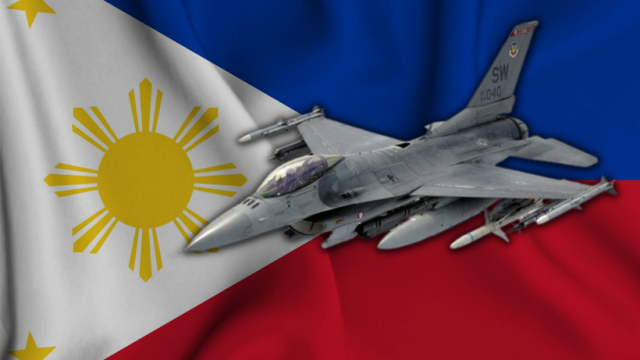It appears that the Philippine Air Force’s Multirole Fighter Acquisition Project will be impacted by the strengthened defense ties between the Philippines and the United States through the Enhanced Defense Cooperation Agreement (EDCA). During the 2+2 Ministerial Dialogue attended by officials from both countries, including Philippine Foreign Affairs Sec. Enrique Manalo and National Defense OIC Senior USec. Carlito Galvez, and US Secretary of State Anthony Blinken and Defense Sec. Lloyd Austin, discussions included the fast-tracking of the acquisition of Multirole Fighters for the Philippine Air Force.
The official statement released after the meeting emphasized the importance of expediting discussions on acquiring a fleet (12 units) of multi-role fighter aircraft for the Philippine Air Force. Although the statement did not explicitly state that the Philippines will purchase American fighters, it is evident that the United States will support the Philippines in acquiring a fleet of American-made fighter aircraft.
The inclusion of the Multirole Fighter Acquisition Project in the official statement highlights the significance of the need for such aircraft not only for the Philippines but also for the United States, which is committed to supporting the Philippines’ defense against foreign aggression.
MaxDefense Philippines, an insider defense blog, has consistently emphasized that politics has become a crucial factor in the PAF’s MRF Acquisition, which could benefit Lockheed Martin’s bid to supply the F-16 Block 70 Viper to the PAF, along with a commitment to supply F-16C/D Block 30 or 40 Fighting Falcons from US Excess Defense Articles (EDA) to assist in building up air defense capability and familiarizing air and ground crews while waiting for the new F-16 Vipers to be manufactured and delivered.

Furthermore, it has been suggested that the EDCA provisions and the security situation in the Indo-Pacific have prompted the US to consider providing additional fighters from US EDA stocks, in addition to those committed as part of the new build Viper deal.
While discussions with Sweden and Saab for their JAS-39C/D Gripen are still ongoing, it may not make logistical, maintenance, or training sense to acquire them if the PAF will receive F-16s from the US, with or without the Viper deal.
Hopefully, the US will move forward quickly to assist the PAF in building its MRF fleet.
While US Defense Secretary Lloyd Austin announced on Tuesday (Wednesday in Manila) that the US is expecting to allocate more than $100 million for infrastructure investments at new and existing EDCA sites in the Philippines by the end of Fiscal Year 2023. The Enhanced Defense Cooperation Agreement (EDCA), signed in 2014, grants US troops access to designated Philippine military facilities, allowing them to build facilities and pre-position equipment, aircraft, and vessels. According to Austin, these investments will spur job creation and economic growth in Philippine communities.
When asked about the number and positioning of US military personnel and assets in these EDCA sites, Austin noted that it is still early to discuss such details. He added that the number and positioning of military personnel and assets will be a joint decision of the US and the Philippines, which the two countries’ defense secretaries will continue to work on going forward. Meanwhile, Philippine Foreign Affairs Secretary Enrique Manalo said that in operationalizing these sites, much work still has to be done, including identifying the term and references for how these activities will be undertaken.
Recently, Malacañang announced four new EDCA sites, namely Naval Base Camilo Osias in Sta Ana, Cagayan; Lal-lo Airport in Lal-lo, Cagayan; Camp Melchor Dela Cruz in Gamu, Isabela; and Balabac Island in Palawan. The existing EDCA sites are Antonio Bautista Air Base in Palawan, Basa Air Base in Pampanga, Fort Magsaysay in Nueva Ecija, Mactan-Benito Ebuen Air Base in Cebu, and Lumbia Air Base in Cagayan de Oro City.
READ: US and the Philippines strengthen defense ties


